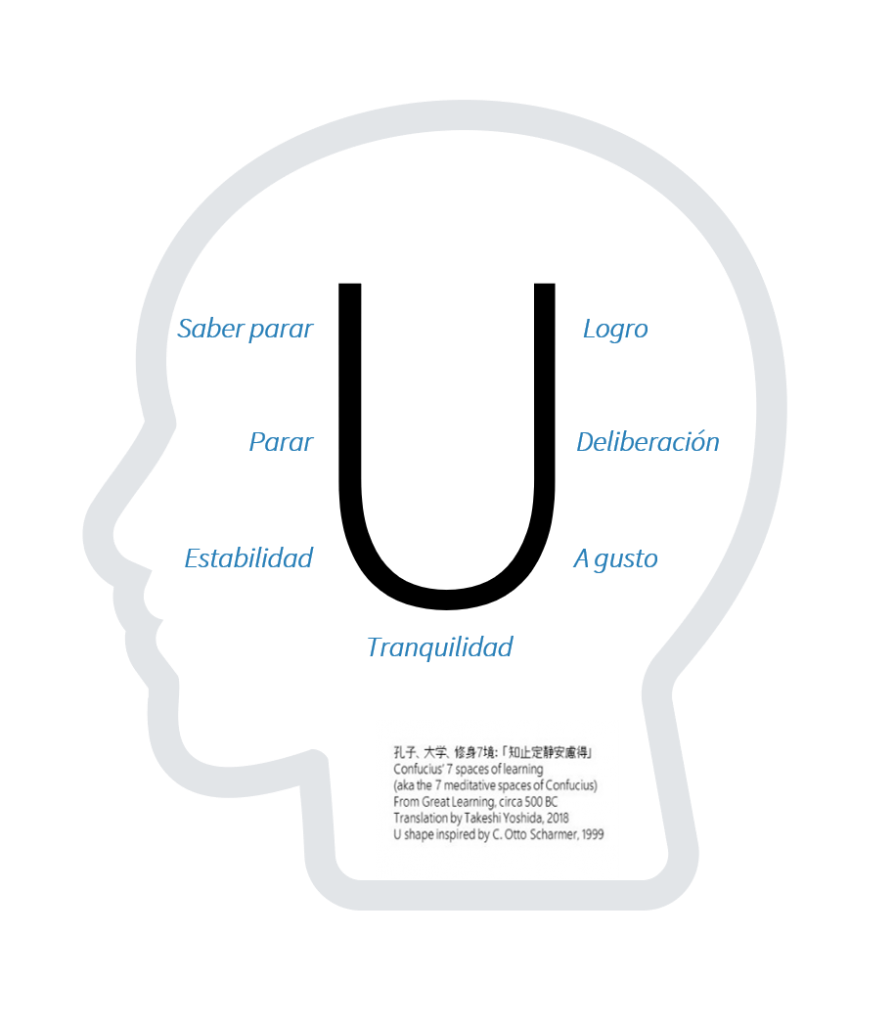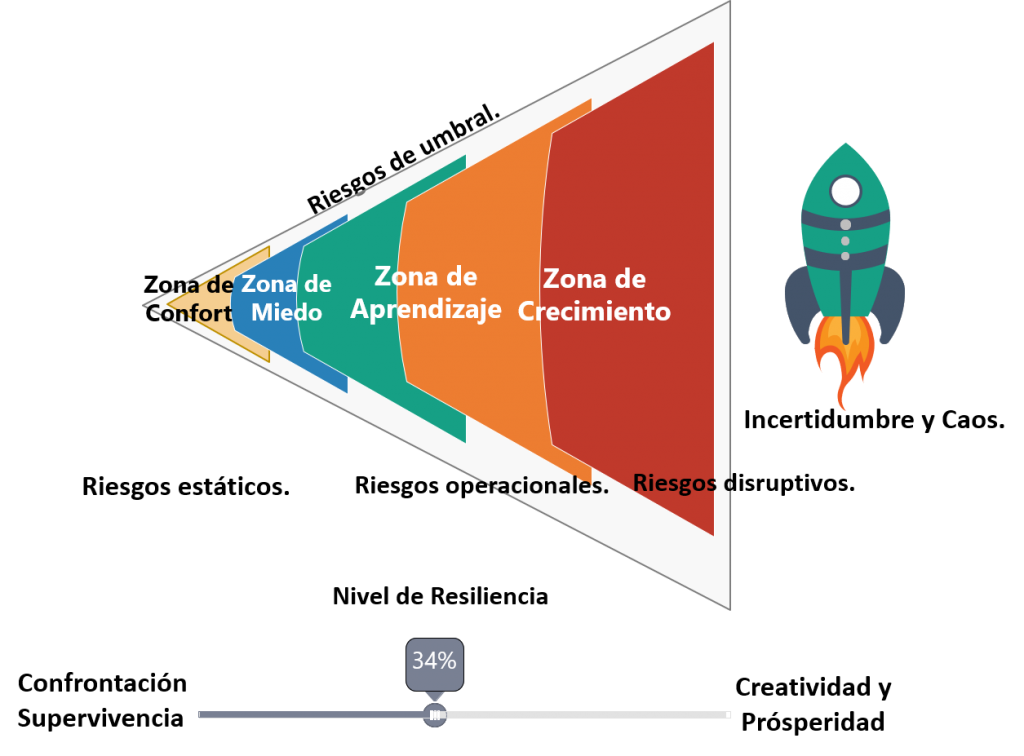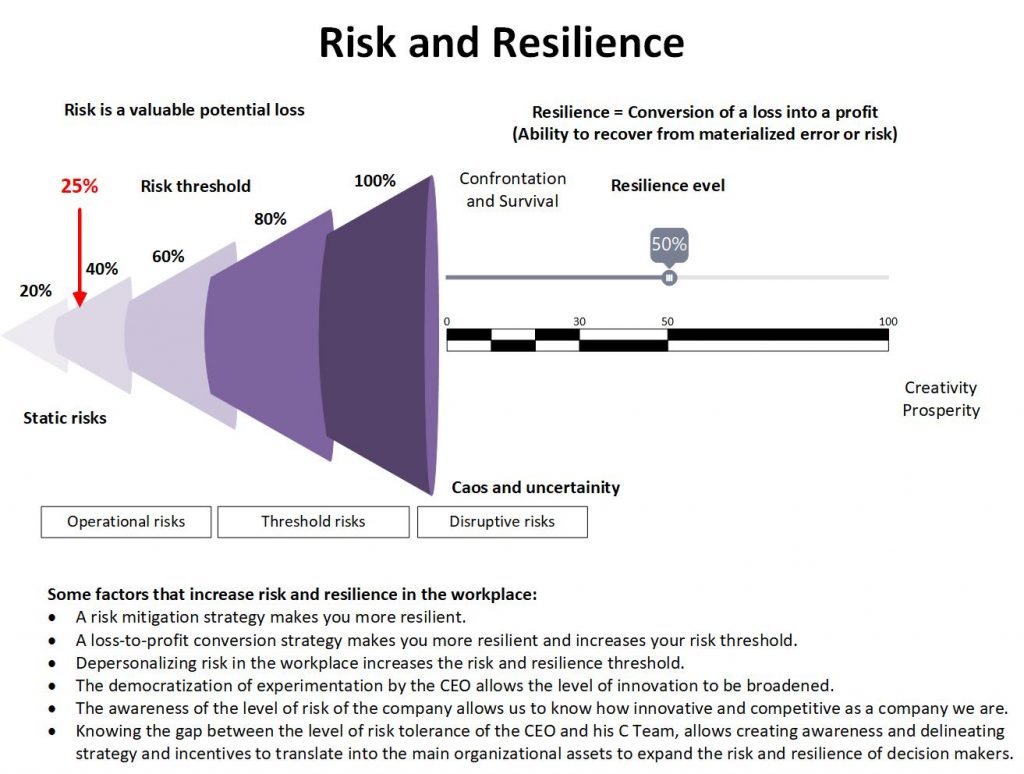Los 7 espacios de aprendizaje de Confucio.
Saber parar es una noción simple, pero difícil de practicar.
Los líderes reflexivos ya practican esta habilidad hasta cierto punto, ya que el acto de reflexión en sí mismo requiere “saber parar”, para llevarse a cabo. Sin embargo, podemos ser más conscientes de la noción, ya que saber parar es el primer paso y el único camino hacia el aprendizaje superior y la conciencia superior.
En “Gran aprendizaje (大学)”, escrito hace unos 2.500 años por uno de sus primeros discípulos Zengzi (曾子)(https://en.wikipedia.org/wiki/Zengzi), Confucio (孔子) enseña lo siguiente:
- Cuando sabes parar, tienes estabilidad.
- Cuando tienes estabilidad, encuentras tranquilidad.
- Cuando estás tranquilo, puedes estar a gusto.
- Cuando estás a gusto, puedes deliberar.
- Con deliberación, puedes lograr.
Tomando los 7 caracteres chinos “知 止 定 静安 慮 得” (o “知 止 定 静安 虑 得“), esto se conoce como “修身 7 境”. En inglés/español generalmente se describe como “los 7 espacios meditativos de Confucio”. También podría traducirse como: “7 espacios de aprendizaje de Confucio”.
知 止: saber parar
止: detente
定: estabilidad
靜: tranquilidad
安: estar a gusto
慮: deliberado
得: alcanzar
Saber parar en el pragmatismo cotidiano
Otto Scharmer (https://en.wikipedia.org/wiki/Otto_Scharmer) del MIT puso estos 7 espacios en forma de U; más tarde desarrolló esto (con cierta desviación) en su modelo de gestión del cambio Teoría U. Es una buena imagen, que ilustra muy bien el flujo “profundo” y luego “emergente” del pensamiento reflexivo.
 Ahora, en realidad, en el modo cotidiano laico, esto es probablemente lo más lejos que podemos llegar:
Ahora, en realidad, en el modo cotidiano laico, esto es probablemente lo más lejos que podemos llegar:

¿Deberíamos estar decepcionados? Por el contrario, creo que deberíamos sentirnos bien al respecto. Es progreso: una gran diferencia con respecto a las rutinas de toma de decisiones rápidas, que tiene la mayoría de las personas.
Es cierto que cuando podemos, debemos esforzarnos por profundizar en el modo maestro Zen e implorar en nuestro consciente e inconsciente. Vivimos en la corriente. Eso es un hecho para todos y es universal. Sin embargo, no todos tienen la bendición de descubrir que se nos permite detener el flujo y también vivir en el espacio tranquilo y meditativo de vez en cuando. Es un regalo. Como una madre perla, debemos colocar esta noción de saber detenerse, en el centro de nuestras almas y nutrirla para un mayor aprendizaje, conciencia y despertar.
Mientras tanto, para la mayoría de nosotros, encontrar un espacio meditativo tan profundo en el pragmatismo cotidiano de la vida es exigente. Así que estoy en la zona, que mientras sepamos parar, en cualquier momento, estamos bien. Como tener un botón de parada siempre arriba en nuestro tablero mental.
Saber parar es una enseñanza ubicua
Una vez que nos damos cuenta de la noción de parar, comenzamos a notar cuán ubicua es la enseñanza y cómo aparece en diferentes formas todo el tiempo.
Por ejemplo, Peter Senge cita la noción del físico cuántico David Bohm de “suspender supuestos” en su libro, La Quinta Disciplina. Nuestros fuertes sesgos cognitivos y nuestra necesidad innata de estar en lo cierto dificultan constantemente la comunicación con los demás. Para contrarrestar eso, nos decimos “mantener una mente abierta”. Pero, ¿cómo mantenemos una mente abierta? Si hay un abrelatas mental, déjame comprar uno. Sin saber qué mantener abierto, nuestras mentes vuelven a caer en nuestra rutina cognitiva normal de mapear lo que escuchamos en el contexto de nuestras creencias, lo que lleva al “pensamiento posicional”.
En cambio, si nos decimos “suspender” cualquier suposición sobre lo que se está hablando y sobre la persona con la que estamos hablando, que es una estrategia más tangible para la mente, ocurre la magia. Podemos escuchar mejor y cuando sentimos que estamos reaccionando a algo que se ha dicho, podemos decirnos a nosotros mismos: “aguarden ese pensamiento por un segundo, déjenme escuchar esto primero”; es decir, “pensamiento no posicional”. A medida que el compañero de conversación descubre que “no tenemos agenda”, también se abren a la influencia, y se produce un diálogo que fluye mejor. Todo desde saber parar y suspender las suposiciones.

Sí, ese es Dalai Lama al lado de David Bohm.
El mayor orden moral de saber parar.
Saber parar nos hace la vida más fácil. Pero también existe un orden moral más elevado para que los líderes reflexivos practiquen y enseñen la noción de saber detenerse ante las personas.
Hannah Arendt (https://es.wikipedia.org/wiki/Hannah_Arendt), la filósofa política más famosa por su trabajo para explicar cómo la gente común se convierte en poderosos actores malvados en los sistemas totalitarios a través del juicio de Adolf Eichmann, horrorizada por la incapacidad de las personas de “detenerse y pensar” en tiempos aberrantes. Bajo coacción, la gente común puede hacer cosas malas sin ser malvados; lo que Arendt llama la “banalidad del mal”.

Hannah Arendt se convirtió en una película.
Dibujar paralelos a esto, en el mundo corporativo de hoy es duro. No obstante, si limitamos esto en el contexto de la “irracionalidad”, se hace evidente que “la gente común que hace cosas irracionales sin ser irracional” puede ser una escena familiar en organizaciones rígidas y paralizadas.
La irracionalidad es el hijo pródigo de la humanidad. Desde nuestro nivel micropersonal individual a todos los niveles de la macro sociedad, la irracionalidad es la fuente fundamental de estrés y daño en nuestro mundo.
Saber parar, es nuestra primera línea de defensa contra la irracionalidad.
Entonces, sepa detenerse. Es bueno para ti y para las personas que te rodean.
Notas a la traducción en español.
La presente traducción ha sido realizada con la finalidad de aportar contenido en idioma español, siempre con la intención de que las modificaciones realizadas sean llevadas a cabo para un entendimiento mejor del texto en idioma español, aportar de forma no lucrativa el contenido original en idioma español, usted siempre está en el derecho de consultar la versión del texto original aquí: https://medium.com/@takeshi.yoshida/knowing-to-stop-a-confucius-teaching-e0a9785ed4a5
Autor original: Takeshi Yoshida. https://www.linkedin.com/in/takeshiyoshida/
Traductor al idioma español: Miguel A. Martínez. https://www.linkedin.com/in/martinezhernandezmike/
Bibliografía:
- David Bohm. (2019, July 11). Retrieved April 21, 2020, from https://es.wikipedia.org/wiki/David_Bohm
- Hannah Arendt. (2020, April 12). Retrieved April 21, 2020, from https://es.wikipedia.org/wiki/Hannah_Arendt
- Otto Scharmer. (2020, January 10). Retrieved April 21, 2020, from https://en.wikipedia.org/wiki/Otto_Scharmer
- Yoshida, T. (2020, February 5). Knowing to Stop - A Confucius Teaching. Retrieved April 21, 2020, from https://medium.com/@takeshi.yoshida/knowing-to-stop-a-confucius-teaching-e0a9785ed4a5






 Ahora, en realidad, en el modo cotidiano laico, esto es probablemente lo más lejos que podemos llegar:
Ahora, en realidad, en el modo cotidiano laico, esto es probablemente lo más lejos que podemos llegar:


 Hay cierto tipo de errores que deben celebrarse como una práctica diaria, para ello debiéramos cambiar nuestra concepción con respecto al riesgo, fracaso y errores, por experimentación y niveles de logro, si, hay nivel de logro cuando tenemos fijado un objetivo y experimentamos disciplinadamente para aprender, que implica mejorar o pivotar, que serán producto de saber detenerse y reflexionar.
Hay cierto tipo de errores que deben celebrarse como una práctica diaria, para ello debiéramos cambiar nuestra concepción con respecto al riesgo, fracaso y errores, por experimentación y niveles de logro, si, hay nivel de logro cuando tenemos fijado un objetivo y experimentamos disciplinadamente para aprender, que implica mejorar o pivotar, que serán producto de saber detenerse y reflexionar.